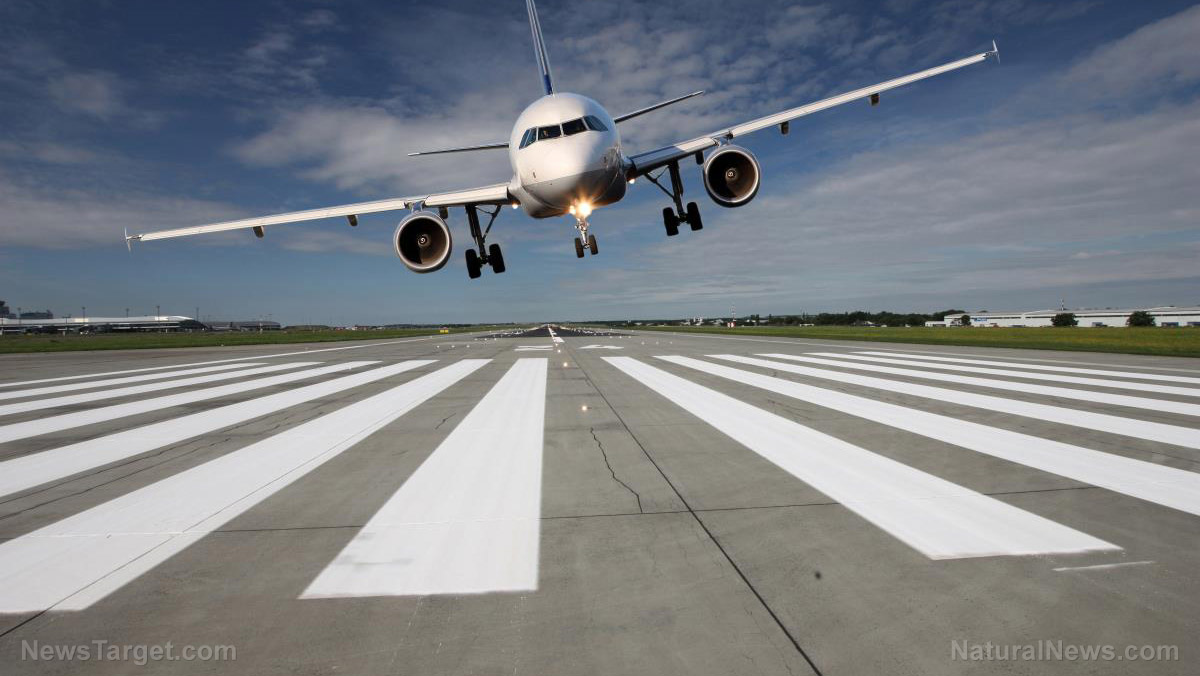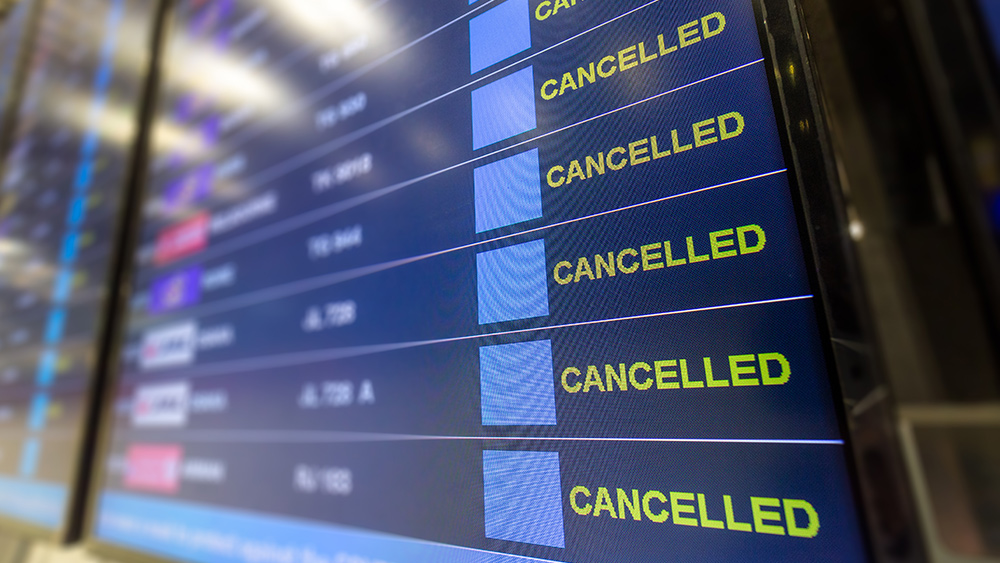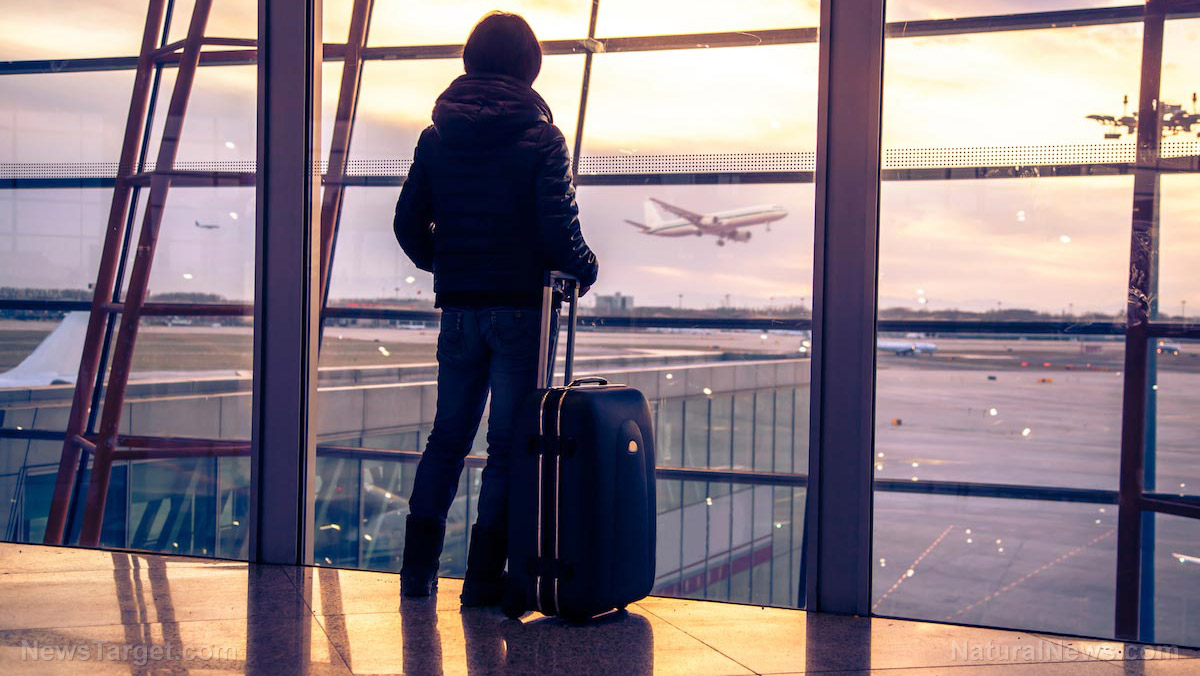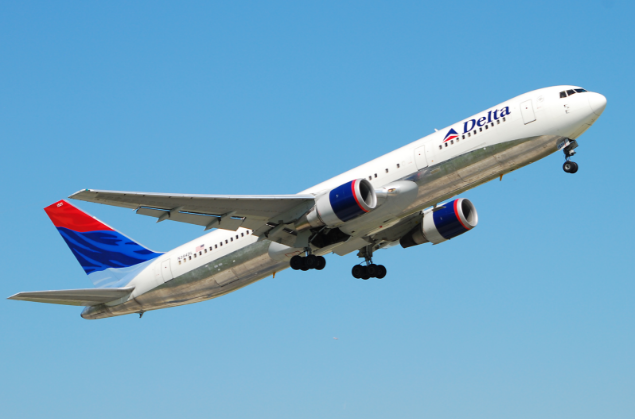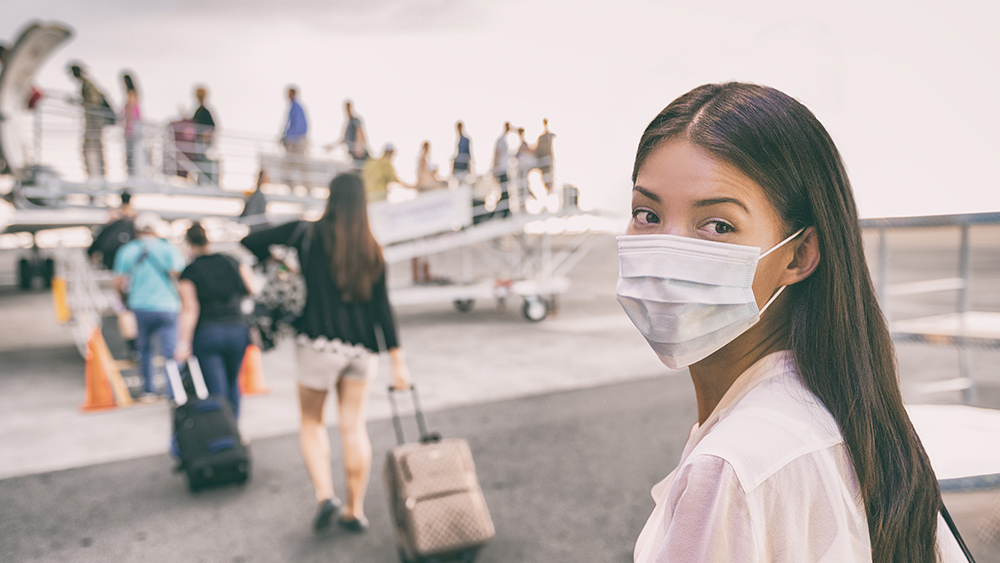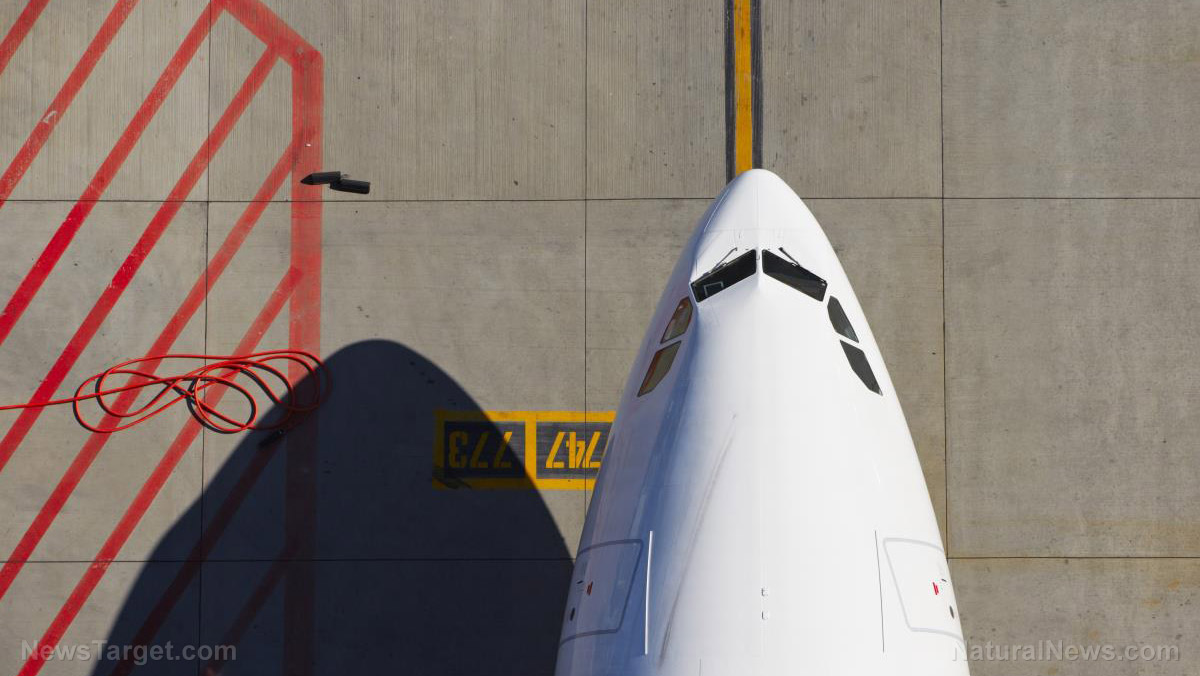
Rows after rows of airplanes gather dust in airfields across the country as the Wuhan coronavirus (COVID-19) pandemic continues to exact its toll on the aviation industry. Stunning aerial images of airfields depict thousands of passenger jets and military aircraft parked on the ground.
Photographer Jassen Todorov took the pictures after visiting multiple locations to capture scenes of crowded airstrips. A pilot himself, he went to the 309th Maintenance and Regeneration Group in Arizona where 4,000 planes are parked. He also traveled to the Southern California Logistics Airport, the San Bernardino International Airport, and the Mojave Air and Space Port in California, as well as Pinal County Airpark in Arizona.
Last year was the worst for the airline industry
The pictures illustrate the impact of the pandemic on the airline industry. Huge reductions in passenger numbers caused by international travel restrictions and a slump in demand left many airlines on the brink of collapse.
The International Air Transport Association (IATA), a trade alliance of the world's airlines, deemed last year the worst in history for air travel demand. International and domestic demand in 2020 was down by 75 and 48 percent, respectively, compared to the year before. Bookings for future travel made last month also dipped by 70 percent compared to the same time last year.
"Last year was a catastrophe. There is no other way to describe it," said IATA CEO and director general Alexandre de Juniac.
"What recovery there was over the Northern hemisphere summer season stalled in autumn and the situation turned dramatically worse over the year-end holiday season, as more severe travel restrictions were imposed in the face of new outbreaks and new strains of COVID-19," de Juniac continued.
According to the Center for Aviation, the worldwide number of passenger planes in service at the end of last year plummeted to levels last seen during the 2008 financial crisis. Passenger numbers were at their lowest since 2003, with the average distance traveled by passengers at its lowest since 1999.
Meanwhile, the International Civil Aviation Organization confirmed that the industry suffered a staggering loss of $370 billion after a mere 1.8 billion passengers worldwide took flights last year, compared to 4.5 billion the year before. In North America, losses were estimated to be around $88 billion – the third-highest after Asia-Pacific ($120 billion) and Europe ($100 billion). (Related: American cities were unprepared for financial fallout from coronavirus shutdowns.)
Many American airlines were forced to cut jobs to stay afloat. In September, for example, American Airlines and United Airlines together laid off more than 32,000 workers following the expiration of the $25 billion in relief package that Congress dispensed earlier in March. Those workers were eventually reinstated after Congress approved another $15 billion to the industry late last year.
But as that second round of federal aid is set to expire next month, both carriers are mulling furloughing 27,000 workers in the next couple of weeks.
Grim outlook for this year as new variants emerge
The airline industry was initially hopeful that the coronavirus vaccines will restore pre-pandemic flight numbers. But airlines are now managing their expectations after more infectious variants stirred governments to implement stricter travel rules.
The U.S. and Europe tightened travel restrictions while the U.K., where a more transmissible variant was reported in December, introduced tougher quarantine rules on Monday. Australia, on the other hand, is expected to keep its borders shut until the end of the year.
Johan Lundgren, CEO of EasyJet, Europe’s second-biggest low-cost carrier, told Financial Times: "Ever-changing travel restrictions like quarantines are the single biggest barrier to customer bookings."
IATA's chief economist Brian Pearce also has a dire outlook for the rest of the year. The association, according to Pearce, bases its forecasts on governments' willingness to lower travel restrictions once vulnerable are vaccinated.
"I think what we have seen in recent weeks is governments taking a much, much tougher, more cautious approach," said Pearce.
Read more articles about the impact of coronavirus restrictions at Pandemic.news.
Sources include:
Please contact us for more information.















